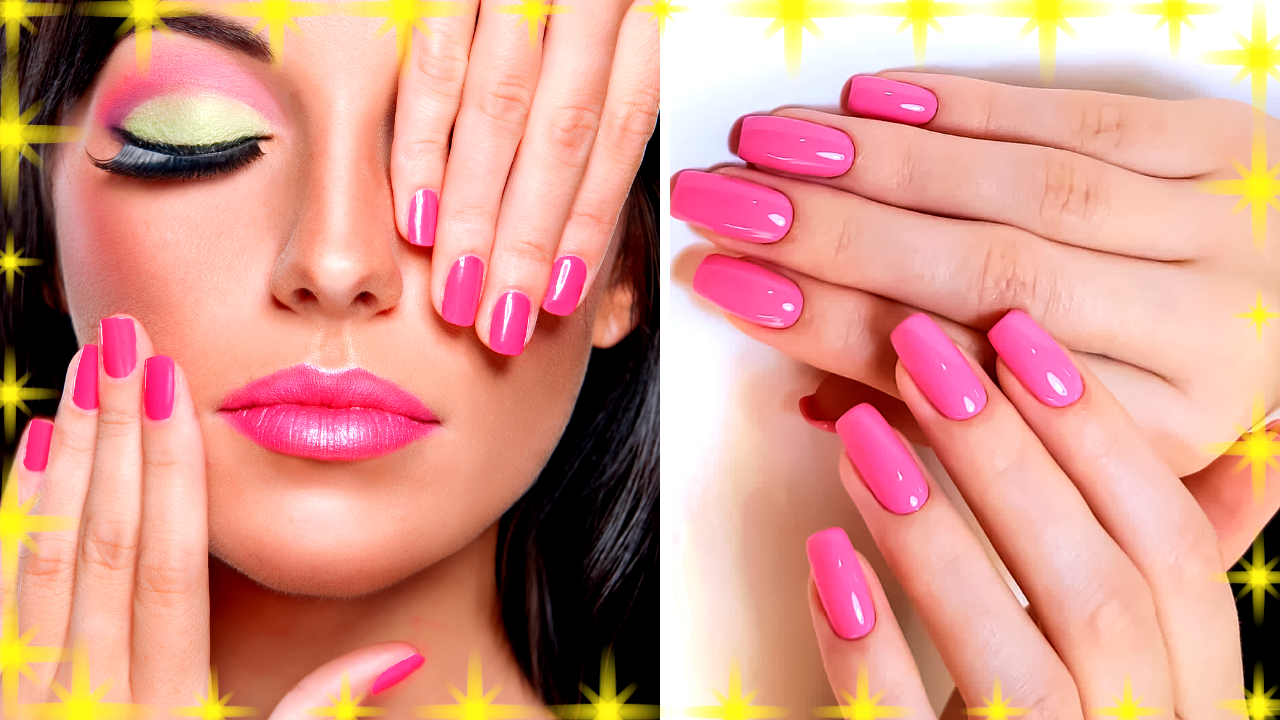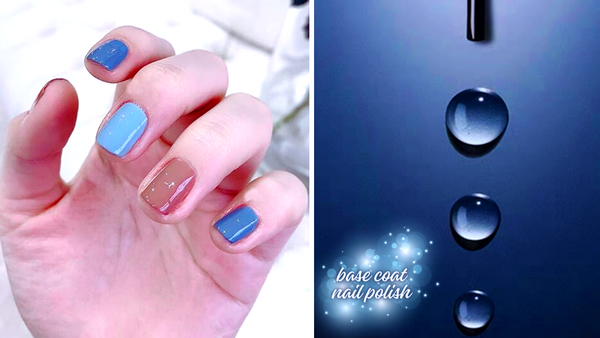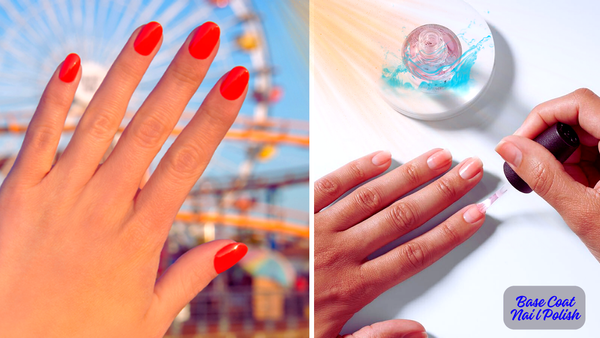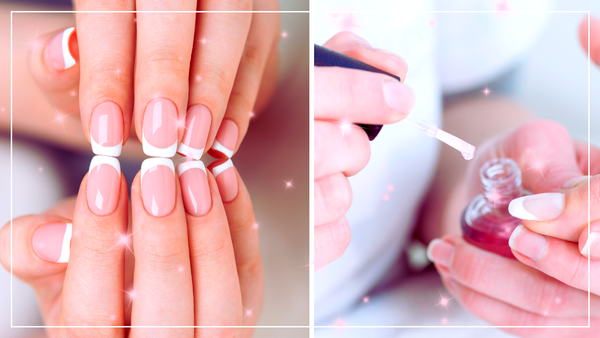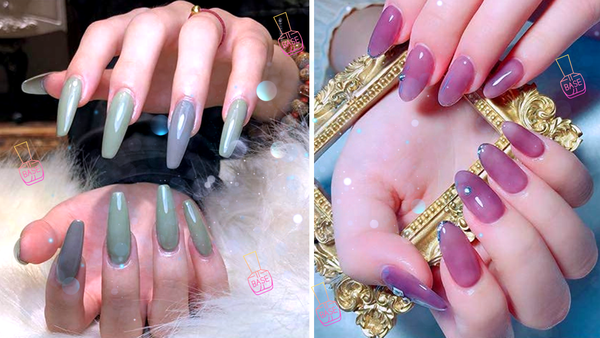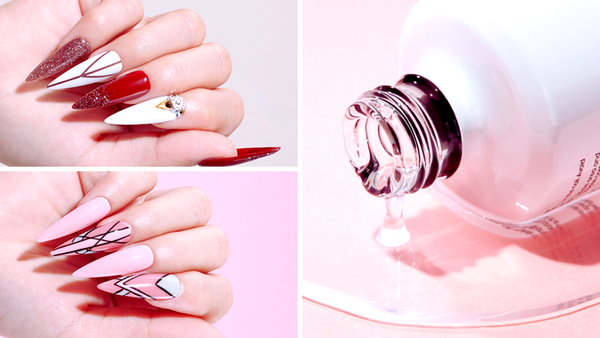Key Takeaways:
- Applying a base coat of nail polish is essential for a long-lasting manicure and protection of the natural nails.
- The correct technique involves cleaning the nail plate, applying a thin layer of base coat, and allowing it to dry before adding color.
- Using the right base coat can prevent chipping, provide a smooth surface for colored polish, and enhance the overall durability of your manicure.
Applying base coat nail polish is the cornerstone of a perfect manicure. It's a step that's often overlooked, but its importance cannot be overstated. A base coat is not just a foundation; it's a protective layer that shields your nails from the potential damage caused by colored polishes. It also ensures better polish adhesion, giving you a smoother, more even application. But how do you apply base coat nail polish correctly to reap all these benefits? Let's dive into the process.
Preparing Your Nails

Before you even think about unscrewing the cap of your base coat bottle, it's crucial to prepare your nails. Start by cleaning your nails thoroughly to remove any oils or residue. This can be done with a gentle nail polish remover or a swipe of alcohol. Once your nails are clean, it's time to shape them. File your nails to your desired shape, being careful not to be too rough as this can cause breakage. Push your cuticles back to create a neat nail surface, ensuring the base coat adheres properly.
Choosing the Best Base Coat
Not all base coats are created equal. The best base coat for your nails depends on their condition and desired outcome. If you have soft nails that tend to break easily, look for a base coat formulated with nail-strengthening chemicals. For those with ridges or imperfections on their nail plate, a ridge-filling base coat will help create a smooth canvas for your colored polish. If you're planning a gel manicure, ensure your base coat is compatible with UV light curing.
The Art of Application
Now, onto the main event: applying the base coat. Start by taking your brush and wiping off any excess product against the bottle's rim. You want a thin layer of base coat on your nails to avoid a thick, gloopy mess. Begin at the base of your nail and stroke the brush up to the tip, covering the entire nail surface. Be sure to seal the free edge of your nail by running the brush along the tip; this helps prevent chipping.
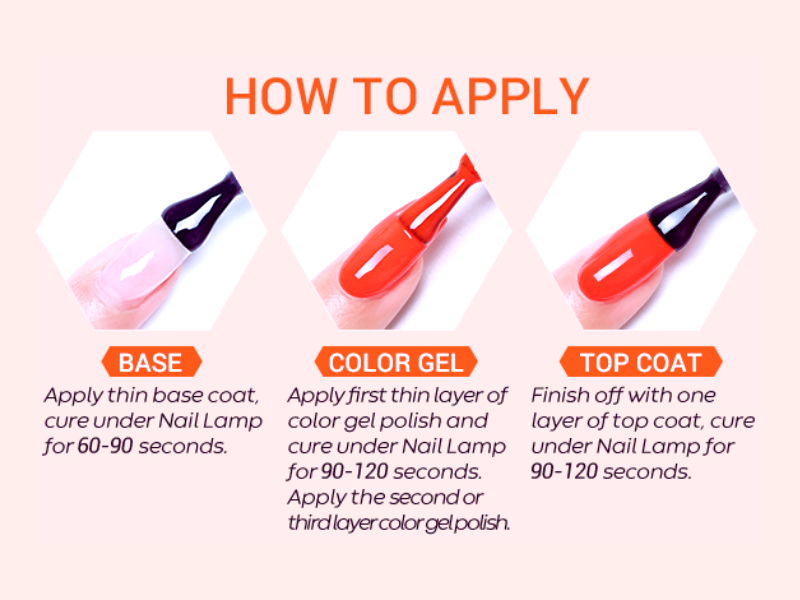
Drying Time is Crucial
After applying the base coat, it's tempting to immediately dive into the next coat of color. However, patience is key. Allow the base coat to dry completely before moving on. This doesn't just mean a surface dry where the nail feels tacky to the touch; it should be a solid dry to ensure the next coat adheres correctly. Depending on the formula, this could take a few minutes to longer. A quick dry base coat can speed up the process if you're short on time.
Layering Your Polish
With your base coat dry, you're ready for the next step: applying your colored polish. Remember, the base coat is there to help your color go on smoothly and last longer. Apply your colored polish in thin, even layers, allowing each layer to dry before adding the next. This will help you avoid bubbles and wrinkles in your polish, giving you that perfect finish.
Maximizing Longevity: The Secret to a Long-Lasting Manicure
When pondering how to apply base coat nail polish for endurance, the secret lies in the base coat's protective prowess. A meticulously applied base coat will help shield your natural nails from the pigments in colored polish that can cause staining. It is a barrier, preventing direct contact between the nail plate and the polish. This is particularly beneficial for those who favor dark or highly pigmented shades. By choosing a base coat formulated with stain protection, you ensure that your natural nails remain unblemished, even after the polish is removed easily.
Moreover, a base coat promotes better adhesion of the colored polish, which means your manicure is less likely to chip or peel prematurely. Think of it as double-sided tape for your nails; it grips the natural nail on one side and the next coat of polish on the other. For gel nail polish, this step is even more crucial. The base coat not only prevents chipping but also works in combination with a UV light to cure the gel polish, creating a durable bond that withstands the rigors of daily life. A thin layer of base coat, cured under a UV lamp, sets the stage for a long-lasting, glossy finish.
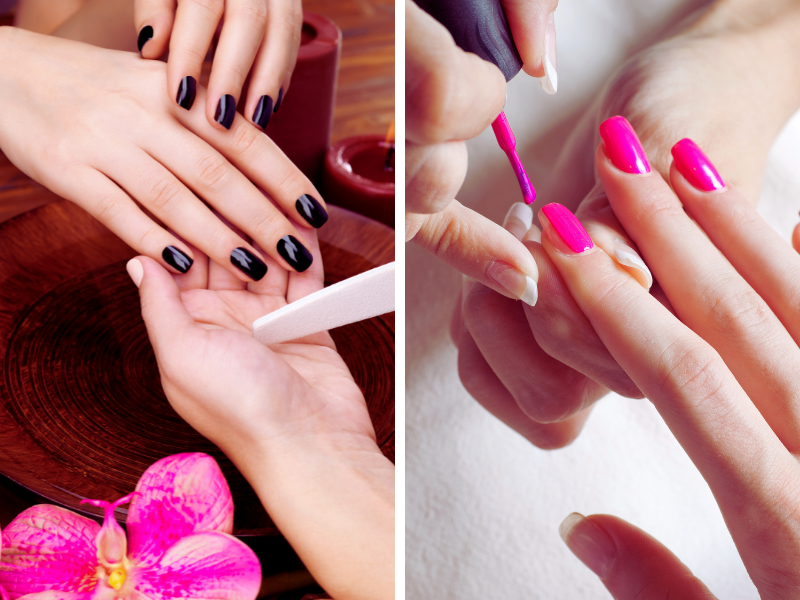
The Science of Base Coats: Formulation and Benefits
Delving into the science of base coats reveals a concoction of chemicals specifically designed to protect and enhance the natural nail. The best base coat is more than just a clear polish; it's a complex combination of ingredients that work together to fill ridges, smooth out imperfections, and create a uniform surface layer for the colored polish to adhere to. This results in a smoother application of the next coat and a more professional, natural look. For those with soft nails, a base coat can provide an extra layer of strength, reducing the likelihood of breakage and promoting overall nail health.
The benefits of a well-formulated base coat extend beyond aesthetics. Some base coats are enriched with vitamins and minerals that nourish the nail bed, promoting growth and resilience. Others are designed to dry quickly, speeding up the manicure process while offering protection. When choosing a base coat, look for one that promises added shine and durability, as these qualities contribute to a perfect finish. A base coat that dries to a slightly tacky finish can also improve the longevity of your manicure by ensuring that the subsequent layers of polish adhere more securely, resulting in a manicure that remains flawless for days on end.
The Role of the Top Coat
The top coat is the final step in your manicure. It's the protective layer that gives your nails added shine and a glossy finish. Just like with the base coat, apply a thin layer of top coat over your dried-colored polish. This not only seals in color but also provides an extra layer of protection against chipping and wear.
Nail Care Between Manicures
Maintaining your nails between manicures is just as important as the manicure process itself. Keep your nails hydrated by using cuticle oil and hand cream regularly. Avoid using your nails as tools to prevent breakage, and wear gloves when doing household chores that involve harsh chemicals. Regular nail care will keep your nails strong and healthy, making your manicures look better and last longer.

When to Reapply
Even with the best application, manicures don't last forever. You'll know it's time to reapply your base coat and polish when you see noticeable chipping or when the glossy finish begins to dull. For most, this is typically after a week or so, but with proper application and care, some can stretch their manicure to last even longer.
Removal and Aftercare
Proper removal is essential when it's time to say goodbye to your current manicure. Use a gentle nail polish remover and avoid excessive rubbing, which can damage the nail surface. After removing the polish, give your nails a break before applying another base coat. This allows them to breathe and recover, especially if you frequently wear gel polishes that require UV light curing and can be more taxing on the nails.
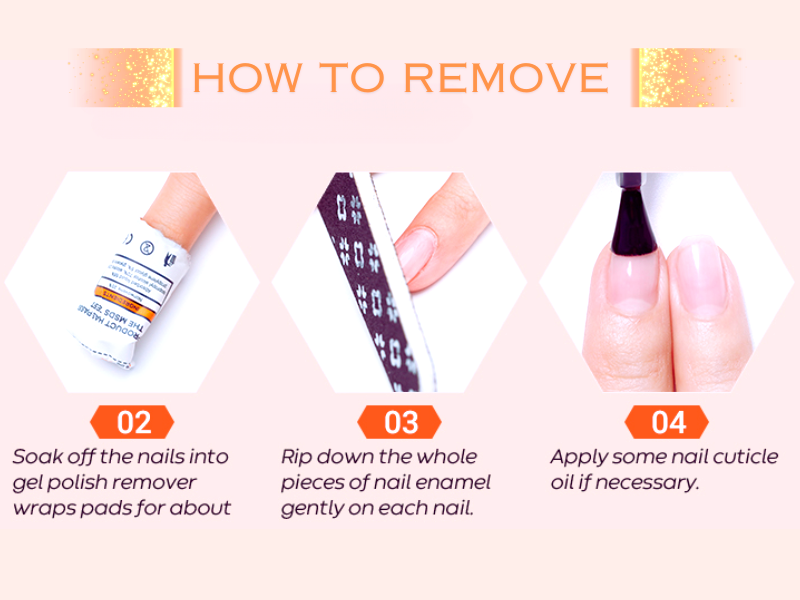
Troubleshooting Common Issues
Sometimes, despite our best efforts, we encounter issues with our base coat application. If your base coat is peeling or not adhering well, it could be due to oily nails or residue left on the nail surface. Ensure your nails are completely clean before application. If the base coat is bubbling, it may be because you're applying too thick a layer or not allowing enough drying time between coats.
Summary
Applying base coat nail polish is a simple yet essential step in achieving a professional-looking manicure. It protects your natural nails, ensures better adhesion of colored polish, and extends the life of your manicure. By following the proper preparation, application, and aftercare steps, you can enjoy a flawless manicure that not only looks great but also promotes the health of your nails.
FAQ Section
How long should I wait for the base coat to dry before applying colored polish?
It's best to wait until the base coat is completely dry to the touch, which can take a few minutes longer, depending on the formula. A quick dry base coat can reduce waiting time.
Can I skip the base coat in a hurry?
While you can technically apply colored polish directly to your nails, skipping the base coat is not recommended. The base coat protects your nails from staining, helps the color adhere better, and extends the durability of your manicure.
How often should I reapply the base coat and polish?
Typically, a manicure can last about a week before it starts to chip or lose its shine. However, with proper application and nail care, some may find their manicure last longer. Listen to your nails and reapply when necessary.
